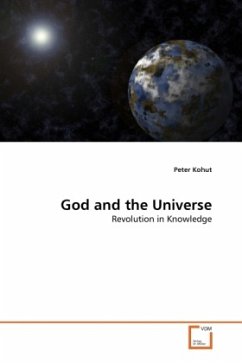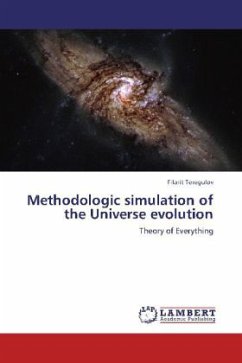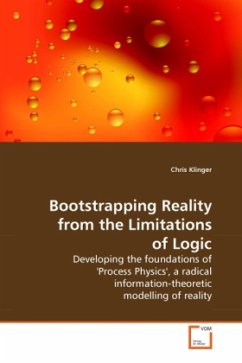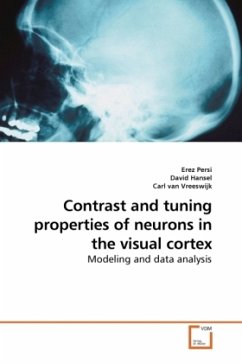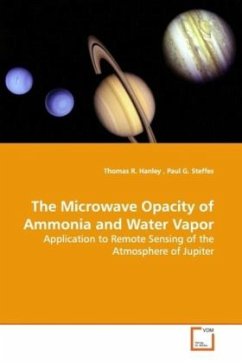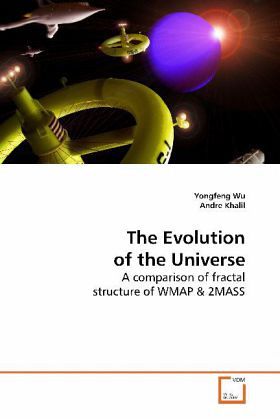
The Evolution of the Universe
A comparison of fractal structure of WMAP
Versandkostenfrei!
Versandfertig in 6-10 Tagen
32,99 €
inkl. MwSt.

PAYBACK Punkte
16 °P sammeln!
The value of the fractal dimension D of the universe is important for us to understand the evolution of the universe. Many methods have been developed to get the fractal dimension. To supplement the widely used methods, here we generalize the Metric Space Technique (MST), a tool used to analyze and classify astrophysical maps and perform a multi-scale analysis and get the fractal dimension of the early and current universe. We consider a wide range of smoothing levels for multi-scale filtering. By varying the size of the smoothing function over a range of scales, exactly like the wavelet trans...
The value of the fractal dimension D of the universe is important for us to understand the evolution of the universe. Many methods have been developed to get the fractal dimension. To supplement the widely used methods, here we generalize the Metric Space Technique (MST), a tool used to analyze and classify astrophysical maps and perform a multi-scale analysis and get the fractal dimension of the early and current universe. We consider a wide range of smoothing levels for multi-scale filtering. By varying the size of the smoothing function over a range of scales, exactly like the wavelet transform, it becomes possible for a complete multi-scale description of galaxy distributions to get the fractal dimension in metric space. We find that the early universe has a clear fractal structure (D~1.45) but the current universe is more homogeneous (D~1.15). We think that gravitation force decreases the fractal dimension of the universe when the universe evolves.



